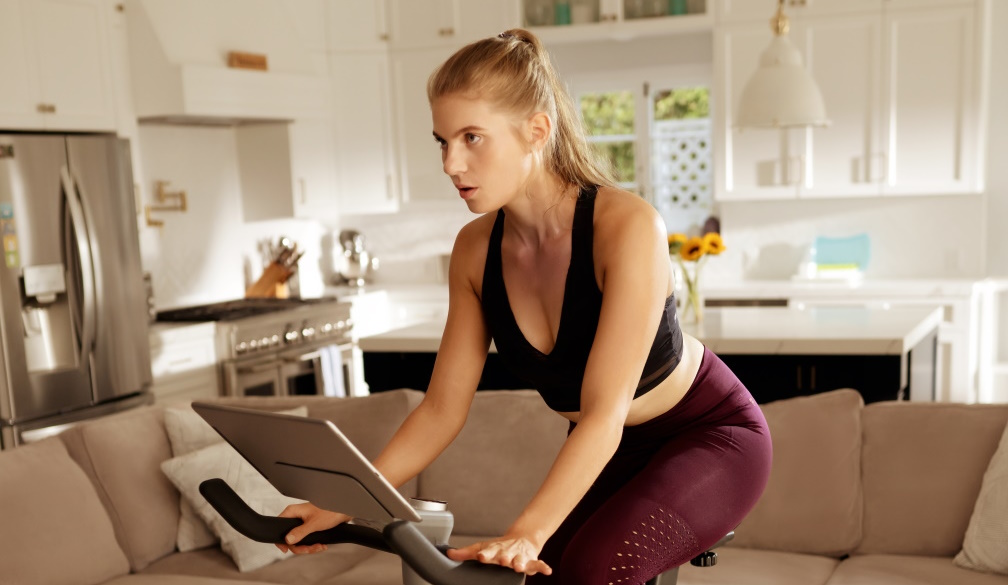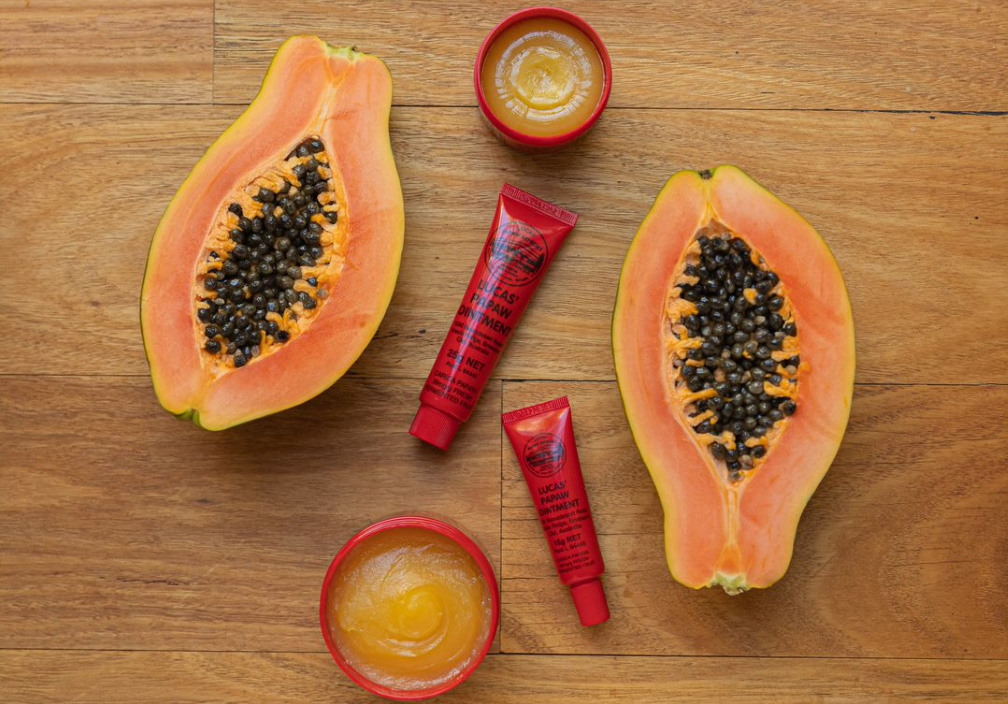Young adults with old knees: preventing arthritis after ACL knee injuries

Australians have the highest rates of ACL (anterior cruciate ligament) knee injuries worldwide, and young Australians are most at risk, with a 74% increase in knee surgery in people under 25 since 2000. Half the people who’ve had a knee reconstruction develop knee arthritis in their 30s, which means a less active lifestyle and potentially even a knee replacement in middle-age.
La Trobe University researcher Dr Brooke Patterson, a former basketballer and AFLW footballer, is driven by her own ACL injury to prevent the rise of this crippling condition and keep people playing sport for longer.
“Most people stop going to the physio about 6 to 12 months after knee surgery, but that’s too soon: our research showed that about a third of people still have pain and restricted movement after a year,” says Brooke. “As pros, we get plenty of support from physios, but players at all levels deserve better rehab and injury prevention.”
The knee is one of the most complex joints in the body, and the ACL is like a rope connecting your shin bone to your thigh bone. It’s just 3cm long, but with the help of your muscles it keeps your knee stable. ACL injuries accelerate the development of osteoarthritis because the injury changes how the knee works, and the trauma affects the cartilage and other knee tissues.
The researchers designed an exercise programme focused on the lower leg, to do at home or in the gym three times a week, which built knee strength with heavy leg weights, jumping and agility exercises. It was supported by education on injury prevention and the risk of arthritis.
“Exercise therapy and education is how we treat older people with arthritis, but researchers had never asked whether similar interventions could work for young people,” says Brooke. “Almost every person who completed our new program said they had less pain and better quality of life.”
The study shows the importance of long term rehab focused strength and functional goals, rather than physio that runs to a set timeline. Randall Cooper, former physiotherapist for the Hawthorn Football Club and creator of the Melbourne ACL Rehab Guide, says you don’t have to be an athlete to see the benefits of a regular strength routine.
“Weekend warriors need to think about strength and conditioning just like elite footballers, especially after injury,” says Randall. “Regular workouts focused on strengthening joints and supporting old injuries is critical in keeping your body functioning well and preventing arthritis symptoms.”
The first phase of the study was a small proof of concept trial for 27 people with persistent knee symptoms after surgery. The research team is now looking ahead to a large-scale trial





